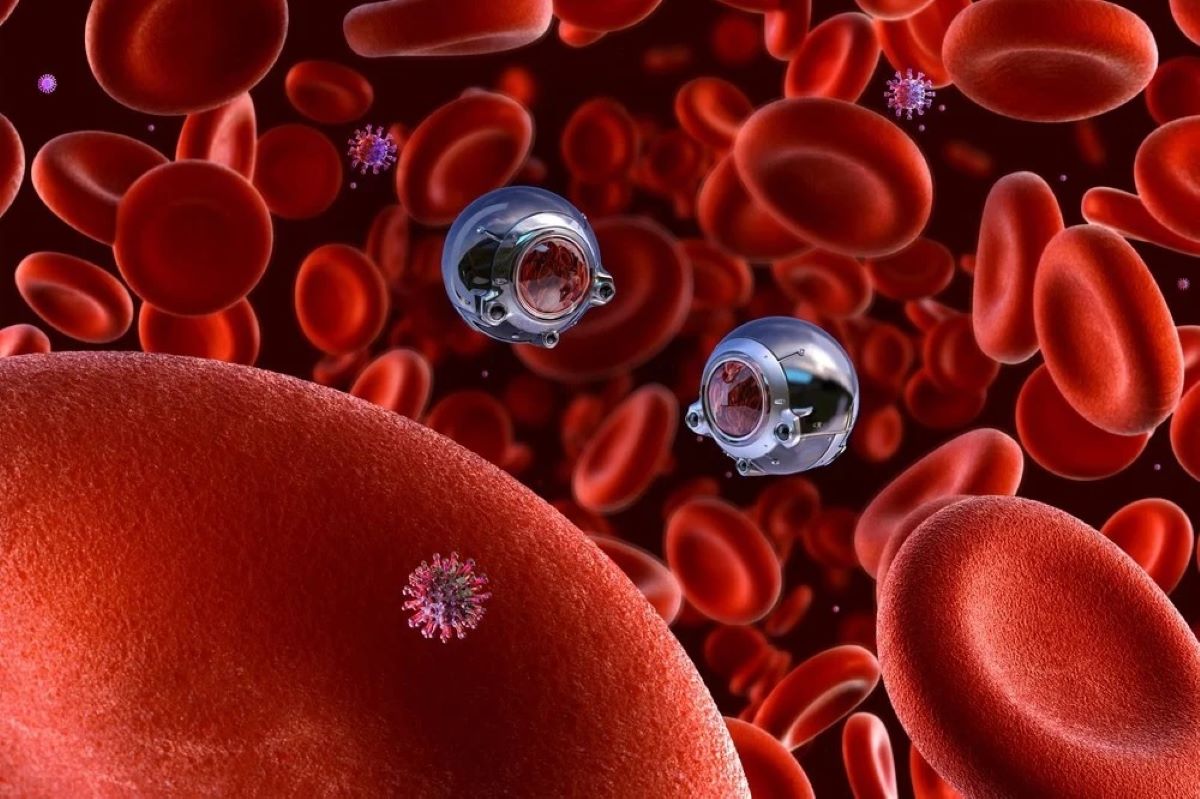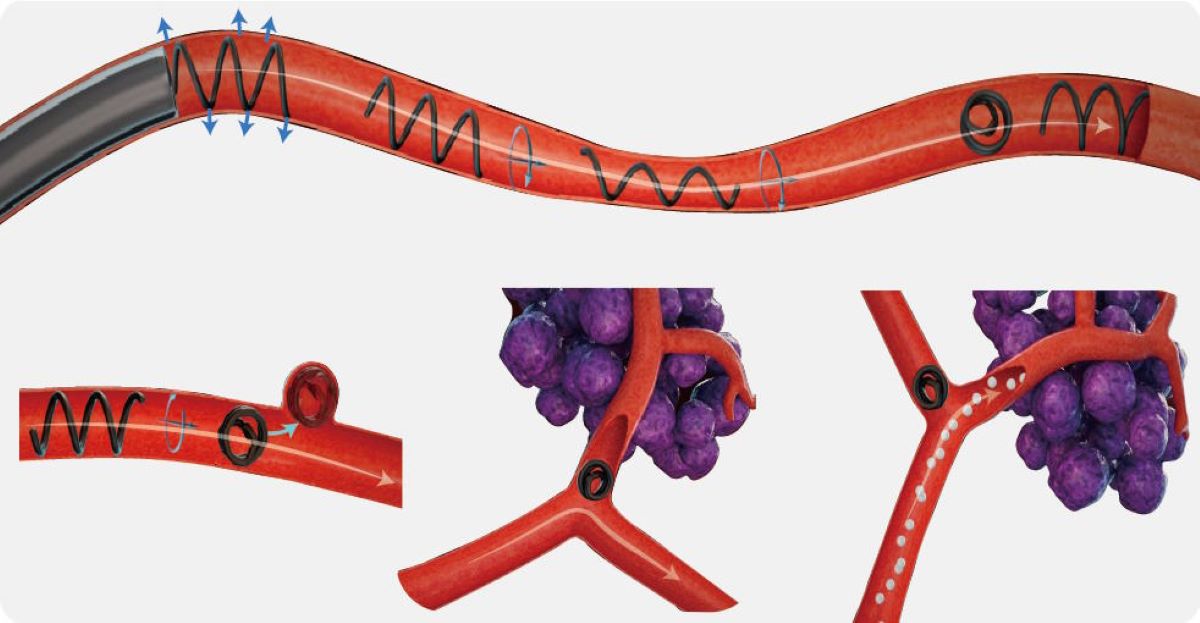Researchers at the University of Edinburgh have developed tiny magnetic nanobots capable of traveling deep into the brain to treat life-threatening aneurysms.
These spherical nanobots, roughly one-twentieth the size of a human red blood cell, are composed of iron oxide, which becomes magnetic when exposed to an external magnetic field.
Additionally, they are equipped with thrombin, an enzyme essential for blood clotting and inflammation control.
A brain aneurysm is a bulge or ballooning in a weakened area of a blood vessel. If not treated promptly, the aneurysm can rupture, causing dangerous bleeding within the brain.
In laboratory experiments, several hundred billion nanobots were injected into an artery and guided remotely to the aneurysm using magnets and real-time ultrasound imaging.
Once they arrived at the site, the nanobots clustered inside the aneurysm and were heated to over 109°F (43°C) using an alternating magnetic field. This heating melted their protective coating, releasing the clotting enzyme directly to the affected area.
The scans following the procedure revealed that, after clotting occurred, the aneurysm had disappeared, leaving behind a healthy blood vessel.
Dr. Qi Zhou, co-lead of the study from the University of Edinburgh’s School of Engineering, commented, “Nanorobots have the potential to revolutionize medicine, offering the possibility of performing surgical repairs with fewer risks than traditional methods and delivering drugs with pinpoint accuracy to hard-to-reach areas of the body.

Our research marks a significant step toward bringing these technologies closer to clinical applications for treating critical medical conditions.”
In the UK, approximately 2 to 3 percent of the population may develop a brain aneurysm, often due to weaknesses in the blood vessel walls in the brain.
Each year, one in 15,000 people suffers a ruptured brain aneurysm, which causes bleeding in the brain, also known as a hemorrhagic stroke. This condition can be life-threatening and requires immediate medical attention.
Current treatments for aneurysms involve threading a tube through blood vessels and inserting metal coils to stop the flow of blood, or using a mesh stent to divert blood away from the aneurysm.
However, these methods carry risks, including the possibility that the body will reject the implanted materials. Patients often need anti-blood clotting medications, which can lead to bleeding complications and gastrointestinal issues.
For this recent study, the team tested the nanobots on artificial arteries and in animals, with the hope of eventually advancing to human trials.
Researchers are optimistic that these nanobots could also be used for other applications, such as repairing organs or other blood vessels, and delivering medications to precise locations in the body.
The team collaborated with clinicians from Shanghai Sixth People’s Hospital and has also developed nanobots designed to remove blood clots. These could one day offer a treatment option for stroke patients.
